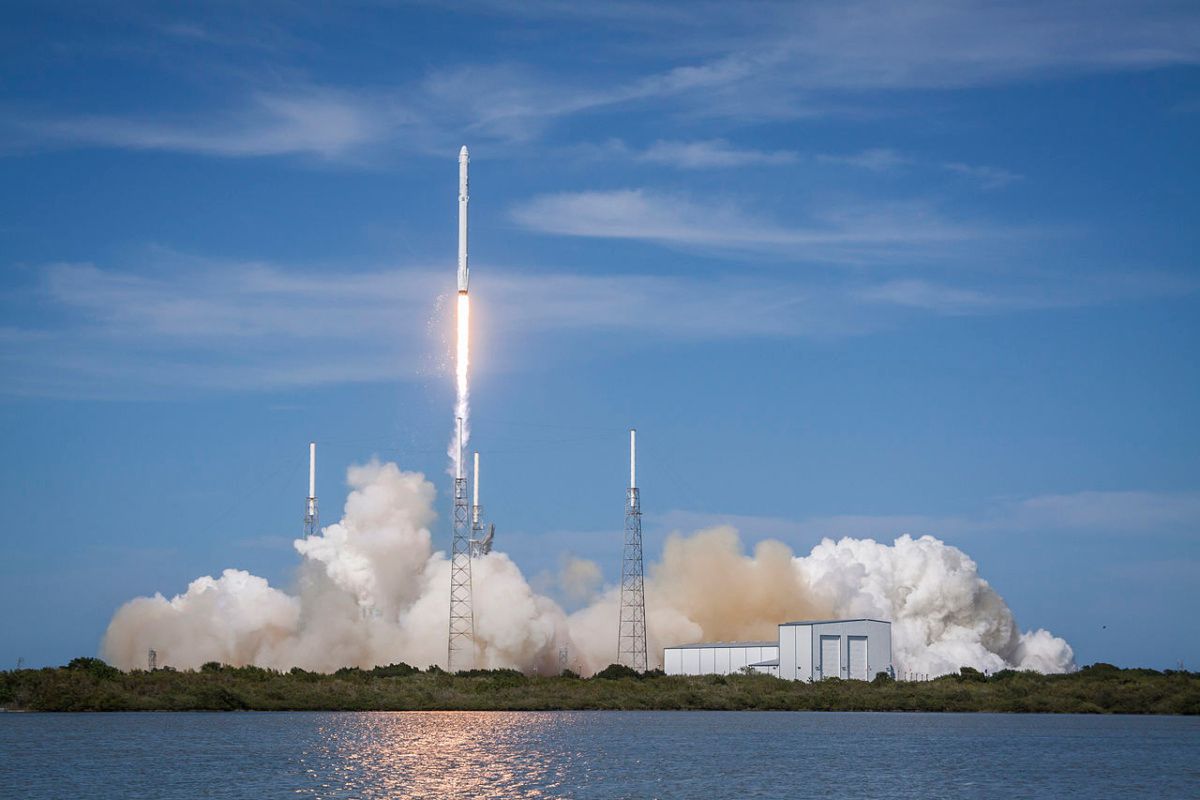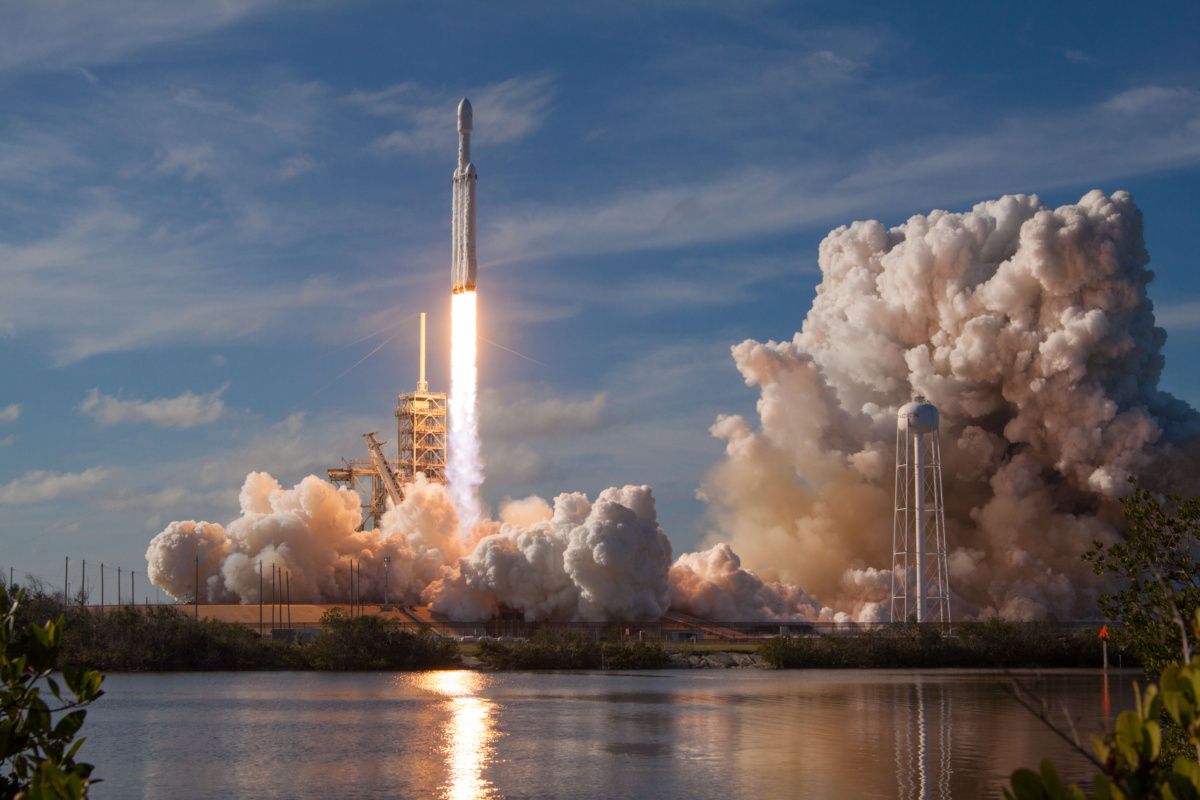After watching the successful launch of the SpaceX Falcon 9 rocket from Cape Canaveral, we wondered how rocket launches could affect airline traffic and routes. Airspace around the trajectory is closed off every time a rocket launches from the Florida Space Center.
Before liftoff, the rocket's flight path is carefully calculated and given to the Federal Aviation Administration (FAA), who then liaises with NASA and air traffic control. While it is apparent that you do not want aircraft within miles of the rocket, you also don't want anything under the trajectory of the rocket, including boats.
SpaceX and NASA plan for the worst-case scenario
The reason for this is because SpaceX and NASA are always looking at the worst-case scenario. In the case of the Falcon 9, one of the worst cases is that the rocket suffers a catastrophic failure and explodes into thousands of pieces. Somewhat similar to what happened to Space Shuttle Challenger disaster in 1986- which was an explosion killing all seven astronauts while debris from the rocket fell into the Atlantic Ocean.
For the safety of the rocket and everyone around it, a no-fly-zone is put into effect. The problem with the no-fly-zone is that the air traffic controllers are working with an antiquated system. Because they are not operating with the latest technology, they have to manually input the rocket trajectory into the system. Along with this, they must send NOTAMs to all the airlines and widely publish information to let people know that the airspace will be closed off.
The airspace is closed for around three hours
Air traffic control cannot close the airspace for the duration of the launch but can close it down for up to three hours. While three hours does not seem that long, you must remember that this system was built for the Space Shuttle. During its 30 years in service, the shuttle flew around 135 missions, which is about four and a half flights a year.
In no-fly-zone terms, this equates to 13.5 hours a year, which is no big deal. The problem now is that Elon Musk's SpaceX and Blue Origin owned by Amazon founder Jeff Bezos plan to have hundreds of launches a year. In terms of the amount of airspace that needs to be closed, the SpaceX Falcon Heavy has a 1,300 nautical mile downrange while the small Falcon 9 has a downrange of 590 nautical miles.
The FAA is working on a new system for rocket launches
The aforementioned is a vast amount of airspace that cannot be closed to air traffic every other day so that rockets can be launched.
To help combat this and to be ready for the frequent launches, the FAA is working on a system called the "Space Data Integrator." As the name suggests, this will integrate the data from the launch live into the air traffic control system. By having the information presented in this form, the ATC can now shut the airspace down for a smaller window- say 20 minutes rather than three hours. Following the launch, the ATC can then track the rocket and open up airspace that the rocket has visibly cleared.
The way things are now, a rocket launch affects hundreds of flights, many of which are miles over the Atlantic Ocean by forcing pilots to avoid the rocket's flight path. Delays for passengers and higher operating costs for airlines can occur as planes deviate from their flight paths to avoid the closed air space.



